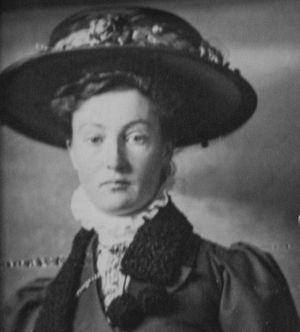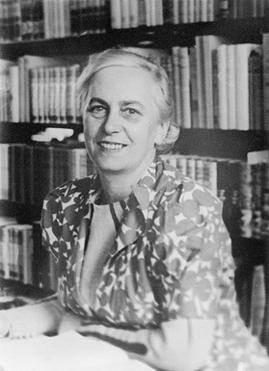Related Research Articles

Sir Henry Sidney was an English soldier, politician and Lord Deputy of Ireland.

Rosanna Diane Davison is an Irish actress, singer, writer, model and beauty queen who was crowned Miss World 2003. She is the daughter of musician Chris de Burgh, and the song "For Rosanna" was written by her father for his 1986 album, Into the Light in her honour. Davison is a qualified nutritional therapist and promotes the health benefits of a plant-based diet.
Events in the year 1911 in Ireland.

Mary Josephine Lavin was an American-born Irish author of short stories and novels, now regarded as a pioneer in the field of women's writing. The well-known Anglo-Irish writer Lord Dunsany mentored Lavin after her father approached him on her behalf to discuss with him some stories she had written.

Moore Street is a street in central Dublin, Ireland, off Henry Street, one of Ireland's main shopping streets. The famous Moore Street open-air fruit and vegetable market is Dublin's oldest food market. The market there is a famous landmark on the northside of the city.
John Hartstonge or Hartstongue was an English-born prelate of the Church of Ireland who became Bishop of Ossory and then Bishop of Derry.

Alice Everett was a British astronomer and engineer who grew up in Belfast. Everett is best known for being the first woman to be paid for astronomical work at the Royal Observatory, Greenwich, when she began her employment at the observatory January 1890. In 1903 she was the first woman to have a paper published by the Physical Society of London. She also contributed to the fields of optics and early television.

Rosanna "Rosie" Hackett was an Irish revolutionary and trade union leader. She was a founder-member of the Irish Women Workers' Union, and supported strikers during the 1913 Dublin Lockout. She later became a member of the Irish Citizen Army and was involved in the 1916 Easter Rising. In the 1970s, the labour movement awarded Hackett a gold medal for decades of service, and in 2014 a Dublin city bridge was named in her memory.
Catherine Mary MacSorley was an Irish writer. She specialized in books for girls and books of a religious nature.

Mary Swanzy HRHA was an Irish landscape and genre artist. Noted for her eclectic style, she painted in many styles including cubism, futurism, fauvism, and orphism, she was one of Ireland's first abstract painters.
Kathleen Cox was an Irish artist, sculptor, and mystic. Cox is considered a pioneer of contemporary Irish pottery.

Charles Hawkes Todd was a medical doctor and the president of the Royal College of Surgeons in Ireland (RCSI) in 1821.
Mary Downing was an Irish poet and nationalist best known by her pen name "Christabel". Some of her poetry appeared in The ballad poetry of Ireland (1869), a collection of verse edited by Charles Gavan Duffy.

Theodosia Blachford was an Irish philanthropist and leading figure in the Methodist Church in Ireland.

Róisín Walsh, was Dublin's first chief librarian, a feminist and a republican.
Hector Grey was a Scottish street trader and company director in Ireland.
Anna Kelly was an Irish journalist and the first women's page editor in Ireland.

Geraldine "Gerry" Plunkett Dillon (1891–1986) was an Irish republican and member of Cumann na mBan, best known for her memoir All in the blood. She was the sister of Joseph Mary Plunkett, a signatory of the 1916 Proclamation of the Irish Republic.
Sister Mary Teresa Cullen also known as Sister Mary of Charity was an Irish Daughters of Charity of Saint Vincent de Paul nun and founder of the magazine Virgo Potens.
Robert Johnson (c.1657-1730) was an English-born politician and judge in early eighteenth-century Ireland. He sat in the Irish House of Commons and was appointed a Baron of the Exchequer. In the early 1700s, he was one of an inner circle of trusted advisors to the Lord Lieutenant of Ireland.
References
- 1 2 3 Boylan, Shaun (2009). "Johnson, Rosanna ('Rosie')". In McGuire, James; Quinn, James (eds.). Dictionary of Irish Biography. Cambridge: Cambridge University Press.
- ↑ "Moore Street - DublinTown". DublinTown. Retrieved 27 July 2018.
- ↑ "The Queen Of Moore Street". RTÉ Archives. Retrieved 27 July 2018.